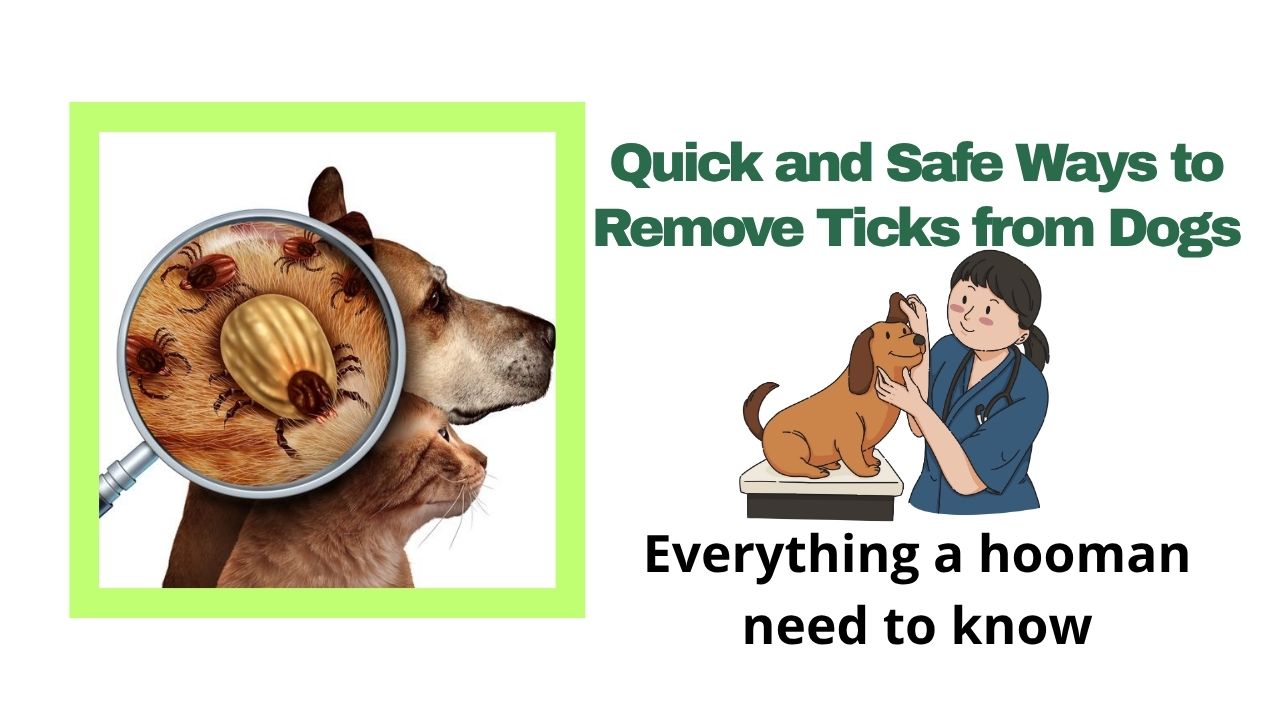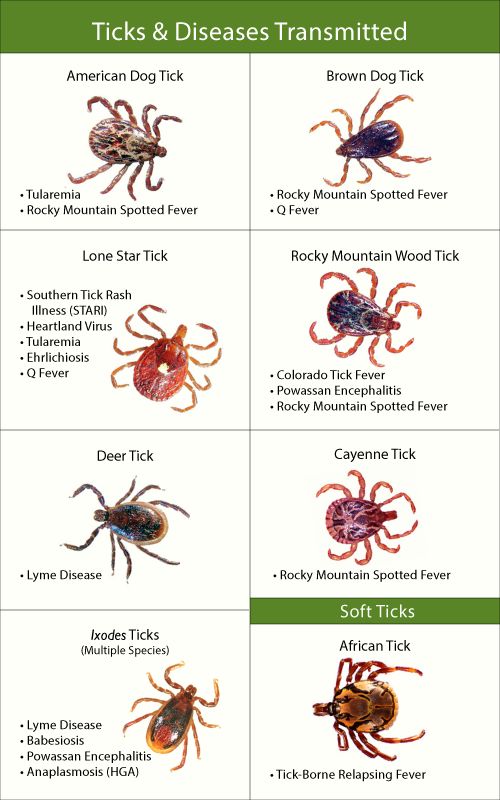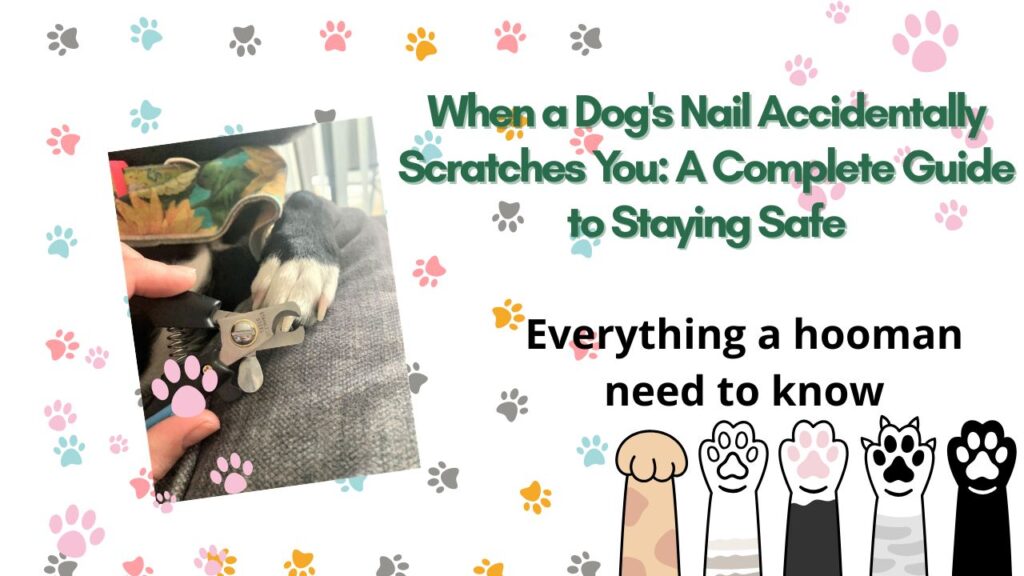As someone who’s spent over a decade helping pet owners navigate the challenges of dog care, I’ve seen countless cases where ticks have caused serious problems for our furry friends. Whether you’re dealing with your own beloved pet or trying to help a street dog in need, knowing how to handle tick removal safely and effectively can make all the difference in a dog’s health and comfort.
Introduction to Dog Ticks

Dog ticks are tiny, blood-sucking parasites that can turn a pleasant walk into a health nightmare for our canine companions. These spider-like creatures are surprisingly common, especially during warmer months when dogs spend more time outdoors. What makes ticks particularly concerning isn’t just their presence – it’s their ability to transmit serious diseases while feeding on your dog’s blood for days at a time.
Unlike fleas that jump around, ticks are patient hunters. They climb onto grass, bushes, and vegetation, waiting for a warm-blooded host to brush past them. Once they find their target, they burrow their mouth parts into the skin and begin their blood meal, which can last anywhere from three to six days. During this time, they can grow from the size of a pinhead to as large as a dime.
The most troubling aspect of tick infestations is how easily they go unnoticed. Many dog owners don’t realize their pet has ticks until the parasites have been feeding for several days, potentially transmitting dangerous pathogens in the process.

What Are Some Ways to Identify Dog Ticks
Identifying ticks on dogs requires a systematic approach and keen observation skills. After years of helping pet owners with this issue, I’ve developed a reliable method that works for both friendly pets and cautious street dogs.
Physical Examination Techniques
Start by running your hands slowly through your dog’s fur, applying gentle pressure to feel for small bumps or swollen areas. Ticks feel like firm, round bumps that weren’t there before. Pay special attention to areas where ticks commonly attach: around the ears, neck, head, between toes, under the collar area, and where the legs meet the body.
Visual Identification Markers
When you spot a potential tick, part the fur carefully to get a clear view. Adult ticks appear as small, oval-shaped creatures with eight legs (they’re actually arachnids, not insects). Before feeding, they’re relatively flat and dark-colored, but after feeding, they become engorged and can appear gray, brown, or even bluish.
Size Variations by Life Stage
Understanding tick life stages helps with identification. Larval ticks have six legs and are about the size of a grain of sand. Nymph ticks have eight legs and are roughly the size of a poppy seed or freckle. Adult ticks are the largest and most easily spotted, especially when engorged with blood.
Common Tick Species
Different regions have different tick species. The most common types affecting dogs include the American dog tick, lone star tick, deer tick (also called black-legged tick), and brown dog tick. Each has slightly different appearances and disease transmission risks.
Why Dogs Get Ticks on Their Body
Understanding why dogs attract ticks helps us better protect our four-legged friends. Through my experience working with both pet and street dogs, I’ve observed several key factors that make dogs particularly vulnerable to tick infestations.
Environmental Factors
Ticks thrive in specific environments where they can easily find hosts. Tall grass, wooded areas, fields, shrubs, and even well-maintained gardens can harbor these parasites. Dogs naturally explore these areas through sniffing, digging, and playing, making contact with ticks almost inevitable during outdoor activities.
Seasonal Patterns
Tick activity varies significantly throughout the year. Based on current research, different tick species are active during different months. For example, blacklegged deer ticks show peak larval activity in August and September, while adult activity increases in October. American dog ticks maintain adult activity through August but become inactive by September.
Host-Seeking Behavior
Ticks use a hunting strategy called “questing,” where they climb to the tips of grass and vegetation with their front legs extended, waiting to grab onto passing hosts. They’re attracted to movement, body heat, and carbon dioxide – all things dogs naturally produce while exploring outdoors.
Urban vs. Rural Exposure
Contrary to popular belief, ticks aren’t limited to rural areas. Urban parks, backyards, and even city streets can harbor ticks, especially in areas with wildlife populations. Street dogs face particular challenges because they often sleep in areas with dense vegetation or debris where ticks congregate.
What Happens to Dogs When Ticks Bite Them or Stay in Their Body for Long Time
The consequences of tick bites extend far beyond simple irritation. As someone who’s witnessed the progression of tick-related health issues in dogs, I can tell you that early intervention is absolutely critical for preventing serious complications.
Immediate Physical Effects
When a tick first attaches, it creates a small wound by cutting through the skin with sharp mouthparts. The surrounding area typically becomes red, swollen, and irritated. Dogs may scratch excessively at the bite site, potentially causing secondary infections.
Disease Transmission Timeline
The longer a tick remains attached, the higher the risk of disease transmission. Lyme disease requires 36-48 hours of attachment before transmission occurs. However, other diseases like Rocky Mountain Spotted Fever and Ehrlichiosis can be transmitted more quickly.
Systemic Health Effects
Dogs sensitive to tick bites may experience fever, reduced appetite, pain, and fatigue. In cases of heavy infestations, dogs can develop anemia due to blood loss, evidenced by pale gums. Paralysis ticks (common in Australia) produce neurotoxins that cause progressive weakness, starting in the hind legs and potentially affecting breathing.
Long-term Complications
Untreated tick-borne diseases can cause chronic joint pain, kidney problems, heart issues, and neurological symptoms. Some conditions, like Lyme disease, can cause lifelong health problems if not caught and treated early.
Secondary Infections
Tick bite wounds can become infected, especially if dogs scratch or lick the area excessively. Signs of infection include increased redness, swelling, discharge, and persistent scratching at old bite sites.
What Are Some Effective Ways to Get Rid of Ticks from Dogs
Removing ticks safely and completely is crucial for preventing disease transmission and complications. After years of experience, I’ve found that proper technique matters more than speed – rushing the process often leads to incomplete removal and increased infection risk.
Professional Removal Technique
The gold standard for tick removal involves using fine-tipped tweezers or specialized tick removal tools. Grasp the tick as close to the dog’s skin as possible, avoiding squeezing the tick’s body. Pull straight up with steady, even pressure – never twist or jerk, as this can break off the mouthparts.
Step-by-Step Removal Process
First, gather your supplies: tweezers or tick removal tool, rubbing alcohol, gloves, and antiseptic1. Clean your hands and wear gloves to avoid skin contact. Position the tweezers close to the skin and pull the tick out slowly in one steady motion. Examine the removed tick with a magnifying glass to ensure all body parts were extracted.
Post-Removal Care
After removing the tick, clean the bite site with soap and water or antiseptic. Save the tick in a container with rubbing alcohol for potential identification if your dog develops symptoms. Monitor the bite site for signs of infection over the following days.
When to Seek Professional Help
If you’re uncomfortable removing the tick yourself, or if mouthparts break off during removal, contact a veterinarian immediately. Professional removal ensures complete extraction and reduces infection risk, especially for inexperienced handlers.
Prevention Strategies
The most effective approach combines regular tick checks with preventive measures. Use veterinarian-recommended tick preventatives, avoid tall grass and dense vegetation when possible, and perform thorough tick checks after outdoor activities.
Questions Mostly Asked Related to Dog Ticks and Answers
Throughout my years of experience, I’ve encountered the same questions repeatedly from concerned dog owners and animal lovers. Here are the most common inquiries with detailed, practical answers.
Q1: How long can a tick stay on a dog before it becomes dangerous?
Ticks can remain attached for three to six days, sometimes up to two weeks. Disease transmission risk increases significantly after 24-48 hours of attachment. For Lyme disease specifically, transmission typically requires 36-48 hours. The key is checking your dog daily and removing any ticks immediately upon discovery.
Q2: Can I use petroleum jelly or nail polish to make ticks fall off?
Research has definitively shown that petroleum jelly, nail polish, alcohol, and hot matches do not effectively induce tick detachment. These methods are ineffective and can actually make removal more difficult by causing the tick to burrow deeper or regurgitate into the wound. Always use proper mechanical removal with tweezers.
Q3: What should I do if the tick’s head breaks off during removal?
If tick mouthparts remain in the skin after removal, don’t panic. Clean the area thoroughly and monitor for signs of infection. While it’s preferable to remove all parts, leaving small pieces typically doesn’t cause serious problems as the dog’s immune system will eventually expel them. Consult a veterinarian if you notice increasing redness, swelling, or discharge.
Q4: Are there specific seasons when ticks are more active?
Tick activity varies by species and region, but generally peaks during warmer months. Blacklegged ticks show high larval activity in August and September, while adult activity increases in October. American dog ticks are most active in spring and early summer. However, in warmer climates, ticks can remain active year-round.
Q5: Can ticks jump or fly onto dogs like fleas?
No, ticks cannot jump or fly. They use a behavior called “questing,” where they climb onto vegetation and wait with outstretched legs to grab onto passing hosts. This is why dogs typically pick up ticks by brushing against grass, bushes, or low-hanging branches during walks or outdoor play.
Q6: How can I tell if a tick has transmitted disease to my dog?
Early signs of tick-borne illness include fever, lethargy, loss of appetite, joint pain, and changes in behavior. Lyme disease may cause lameness that shifts between legs, while paralysis tick toxins cause progressive weakness starting in the hind legs. Any concerning symptoms following tick exposure warrant immediate veterinary attention.
Q7: Is it safe to touch ticks with bare hands?
It’s not recommended to handle ticks with bare hands. Always wear gloves or use tools when removing ticks to avoid potential disease transmission to humans. Ticks can carry diseases that affect both dogs and people, so proper protection is essential during removal and disposal.
Common Caution Ideas While Encountering Ticks on Dogs
When dealing with ticks on friendly dogs, safety and proper technique are paramount. My experience has taught me that preparation and patience prevent most complications during tick removal procedures.
Pre-Removal Preparations
Before attempting tick removal, ensure you have proper lighting and a calm environment. Gather all necessary supplies: fine-tipped tweezers, gloves, antiseptic, and a container with alcohol for tick storage. Having everything ready prevents rushing and reduces stress for both you and the dog.
Handling Anxious or Sensitive Dogs
Some dogs become nervous during tick removal. Speak calmly and move slowly to avoid startling them. Consider having another person gently restrain the dog if necessary, but avoid excessive force that might cause the dog to jerk suddenly during removal.
Avoiding Common Mistakes
Never squeeze the tick’s body during removal, as this can force infected material into the wound. Don’t use home remedies like petroleum jelly, nail polish, or heat sources. Avoid twisting or jerking motions that can break off mouthparts.
Post-Removal Monitoring
After removing a tick, monitor the bite site daily for signs of infection: increased redness, swelling, warmth, or discharge. Keep records of when and where ticks were found, as this information helps veterinarians assess disease risk if symptoms develop.
Personal Protection Measures
Protect yourself during tick removal by wearing gloves and long sleeves when possible. Wash hands thoroughly after handling ticks, even with gloves. Be aware that some tick-borne diseases can affect humans, so proper precautions benefit everyone involved.
Common Caution Ideas While Encountering Ticks on Unfriendly Dogs
Working with street dogs or unfamiliar animals requires additional safety considerations. Over the years, I’ve developed strategies that prioritize both human safety and effective tick removal for wary or aggressive dogs.
Assessing the Situation
Before approaching an unfriendly dog with ticks, evaluate the animal’s behavior and stress level. Signs of extreme aggression, fear, or illness may require professional intervention rather than amateur attempts at tick removal. Sometimes the safest approach is contacting local animal control or rescue organizations.
Building Trust Gradually
If the dog seems approachable but wary, spend time building trust before attempting tick removal. Offer food or water from a distance, speak softly, and allow the dog to become comfortable with your presence. Rushed approaches often result in bites or the dog fleeing before help can be provided.
Safety Equipment and Techniques
When working with unfriendly dogs, consider using longer tools like extended tweezers or tick removal devices that provide distance between your hands and the dog’s mouth. Thick gloves offer protection, but ensure they don’t compromise your dexterity during delicate tick removal procedures.
Restraint Considerations
Restraining unfriendly dogs requires extreme caution and often multiple people. Improvised muzzles using gauze or cloth can prevent bites, but only attempt this if you’re experienced with animal handling. Never corner a frightened dog, as this increases aggression and stress.
When to Seek Professional Help
For severely infested street dogs or those showing signs of tick-borne illness, professional veterinary intervention is often necessary. Many communities have low-cost clinics or rescue organizations equipped to handle difficult cases safely and effectively.
Homemade Remedies to Help Dogs Get Rid of Ticks
While professional tick removal remains the gold standard, several natural remedies can help repel ticks and support your dog’s recovery. These methods work best as preventive measures or supplements to proper mechanical removal techniques.
Apple Cider Vinegar Solutions
Apple cider vinegar creates an acidic environment that ticks find unpleasant. Mix equal parts apple cider vinegar and water in a spray bottle and apply to your dog’s coat before outdoor activities. This natural repellent is safe for most dogs and can help prevent new tick attachments.
Essential Oil Preparations
Certain essential oils have natural tick-repelling properties. Eucalyptus oil mixed with water (20 drops per 4 ounces) creates an effective spray. Peppermint, lavender, and cedar oils also show repellent effects when properly diluted. Always dilute essential oils in carrier oils to prevent skin irritation.
Diatomaceous Earth Applications
Food-grade diatomaceous earth can help kill ticks through dehydration. Sprinkle it on your dog’s coat and bedding, but ensure your pet doesn’t inhale the powder. Vacuum treated areas after a few hours and reapply as needed. This method works best for environmental tick control rather than removing attached ticks.
Natural Bathing Solutions
Regular baths with tick-repellent shampoos containing natural ingredients like neem oil or cedar oil help maintain tick-free coats. You can also create homemade solutions using dish soap, which suffocates ticks during extended soaking periods. Allow the soap to remain on the coat for 15-30 minutes before rinsing thoroughly.
Environmental Management
Cedar mulch around your property creates natural barriers that ticks avoid. Regular lawn maintenance, including mowing and removing leaf litter, reduces tick habitat. Salt applications on carpets and furniture can kill tick larvae and eggs through dehydration.
Dietary Supplements
Some dog owners report success with garlic supplements or brewer’s yeast as tick deterrents, though scientific evidence remains limited. Always consult with a veterinarian before adding supplements to your dog’s diet, as some can be harmful in large quantities.
Conclusion
After more than a decade of helping dogs and their humans navigate the challenges of tick infestations, I’ve learned that knowledge and preparation are our best weapons against these persistent parasites. Whether you’re caring for your beloved family pet or extending compassion to a street dog in need, understanding how to safely and effectively remove ticks can literally save lives.
The journey we’ve taken together through this guide reflects the reality that tick prevention and removal isn’t just about the immediate discomfort these parasites cause. It’s about protecting our canine friends from serious, sometimes life-threatening diseases that can develop when ticks are left untreated. From the Lyme disease that can cause chronic joint pain to the paralysis ticks that can affect breathing, these tiny creatures carry outsized health risks.
What strikes me most about working with both pet dogs and street dogs is how universal their vulnerability to ticks really is. A pampered house dog and a scrappy street survivor face the same risks when a tick latches on. The difference lies in their access to care and the humans willing to help them. Every time you take a moment to check a dog for ticks – whether it’s your own pet after a walk or a friendly street dog you encounter – you’re potentially preventing suffering and saving a life.
The techniques we’ve discussed, from proper removal methods using tweezers to natural prevention strategies with essential oils, represent years of collective experience from veterinarians, researchers, and dedicated animal lovers. But beyond the technical aspects, there’s something deeply human about the act of helping a vulnerable animal. It connects us to our better selves and reminds us that compassion doesn’t require ownership or formal relationships.
I’ve seen too many cases where early intervention made the difference between a minor inconvenience and a major health crisis. That quick tick check after a walk, that careful removal with proper tools, that decision to seek veterinary help when something doesn’t look right – these small actions ripple outward in ways we might never fully appreciate.
For those of you inspired to help street dogs, remember that your safety matters too. Building trust, using proper techniques, and knowing when to call for professional help protects both you and the animals you’re trying to assist. The street dog community benefits enormously from humans who care enough to learn proper tick removal techniques and aren’t afraid to get involved when help is needed.
As we face changing climates and expanding tick populations, the information in this guide becomes even more relevant. Tick-borne diseases are spreading to new geographic areas, and tick seasons are extending longer than they used to. This means our vigilance and knowledge need to evolve as well.
Moving forward, I encourage you to share this knowledge with other dog lovers in your community. Teach children how to safely check for ticks. Show neighbors the proper removal technique. Support local animal rescue organizations that work with street dogs. Every person who understands how to handle tick situations safely multiplies our collective ability to help dogs in need.
The bond between humans and dogs has existed for thousands of years, built on mutual benefit and genuine affection. In our modern world, part of honoring that bond means protecting our canine companions from the health threats they can’t understand or address themselves. Tick prevention and removal might seem like a small part of dog care, but it represents something larger – our commitment to being worthy of the trust and love that dogs offer so freely.
Remember, every dog deserves to live free from the discomfort and disease that ticks can bring. Whether that dog sleeps in your bed or under a bridge, the techniques and compassion you’ve learned here can make their world a little bit better. And in making their world better, we make our own world more compassionate and connected.
Thank you for taking the time to learn these important skills. Your dogs – and the dogs you might help in the future – are lucky to have someone who cares enough to be prepared. Keep checking, keep learning, and keep helping. The dogs are counting on us.






